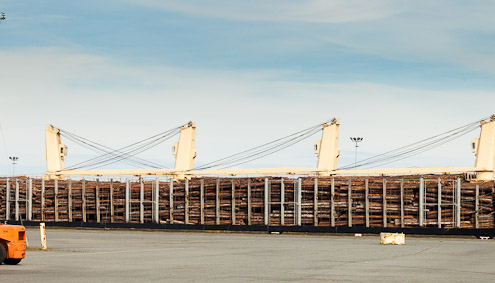
BC Liberal Government More Than Tripled Raw Log Exports to Foreign Mills
“The BC Liberals have decimated the province’s forestry workforce through massive raw log exports, industry deregulation, and unsustainable practices. 30,000 BC forest workers lost their jobs and over 70 mills were shut down under the BC Liberals, yet they've allowed companies to cut at near record levels,” stated Arnold Bercov, national forestry officer of the Pulp, Paper, and Woodworkers of Canada. “Under the BC Liberals, we lost both our forests and our jobs, it’s nuts.”
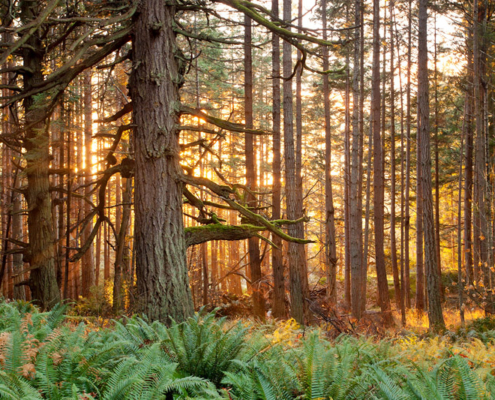
Lawsuit aims to save endangered Douglas fir ecosystems on Vancouver Island
Environmental groups are suing the provincial government in hopes of saving the last remaining pockets of coastal Douglas fir forests on Vancouver Island. The groups are claiming that the province is violating its own laws, which are supposed to protect ecosystems from destruction.
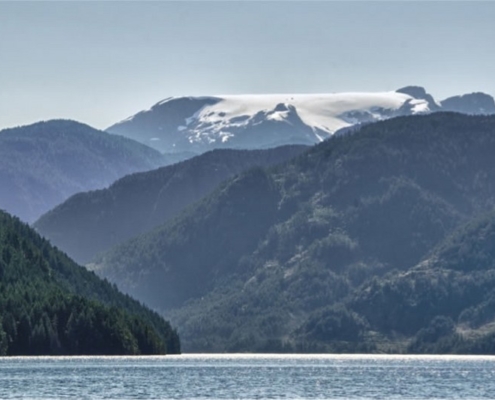
Free presentation on old-growth forests
Hosted by the Comox Valley Land Trust, Lake Trail Neighbourhood Connections and the Comox Valley Conservation Strategy, The Ancient Forest Alliance will present a slideshow about the ecology, policies and status of BC's old-growth forests as part of the their upcoming tour of key BC communities to promote old-growth protection and sustainable second-growth forestry.
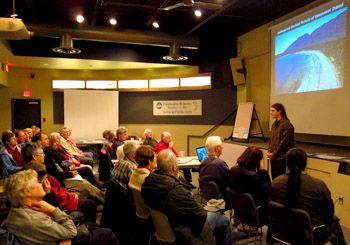
Slideshow in COURTENAY: "BC’s Old-Growth Forests: The Ecology, Status, Policies, and the Campaign for Sustainable Forestry"
When: Wednesday May 8, 2013
Time: 7:00-9:00 pm,
Where: COURTENAY BC, Drama Room, Lake Trail School, 805 Willemar Ave
A joint presentation of the Ancient Forest Alliance with the Comox Valley Conservation Strategy and the Comox Valley Land Trust

VIDEO: Save BC’s Endangered Old-Growth Forests & Forestry Jobs!
BC's old-growth forests are world renowned for their beauty and grandeur, where moss-draped trees can grow as wide as living rooms and as tall as downtown skyscrapers. However, a century of unsustainable overcutting has largely eliminated the biggest and best trees in the biologically-diverse valley bottoms and lower elevations that historically built BC's forest industry.
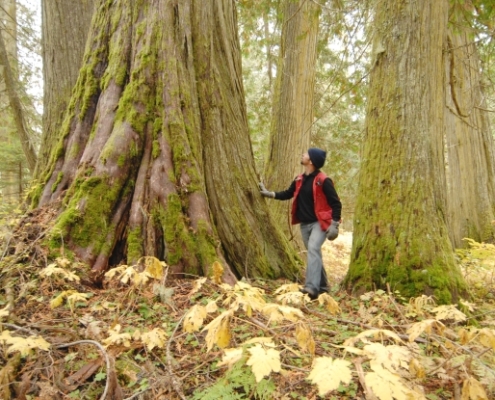
Slideshow Presentation in VICTORIA: "BC’s Inland Temperate Rainforest: Upper Fraser Ancient Cedar Stands – A proposed new World Heritage site in B.C."
When: Thursday May 2, 2013
Time: 7:00-9:00 pm
Where: VICTORIA, Ambrosia Centre, 638 Fisgard St
Admission: $5
Join us to hear about emerging research from the University of Northern BC has highlighted the global rarity of ancient redcedar stands of the upper Fraser River watershed east of Prince George, presented by Dr. Darwyn Coxson, Ecosystem Science and Management Program, UNBC.

URGENT- Strong Old-Growth Commitment Needed from BC’s NDP – Speak Up Now!
Last week the BC NDP mentioned in their Main Election Platform that they will "protect valuable old-growth forests", though they have not yet specified key details like "how much", "where", or "when". Previously, the NDP's Forestry Platform and their initial Environment Platform made no mention of old-growth forests or sustainable forestry, so this is a step forward for the party. What is needed now is a stronger commitment for a comprehensive, science-based old-growth protection plan that will fully end old-growth logging in endangered ecosystems and regions of BC.
